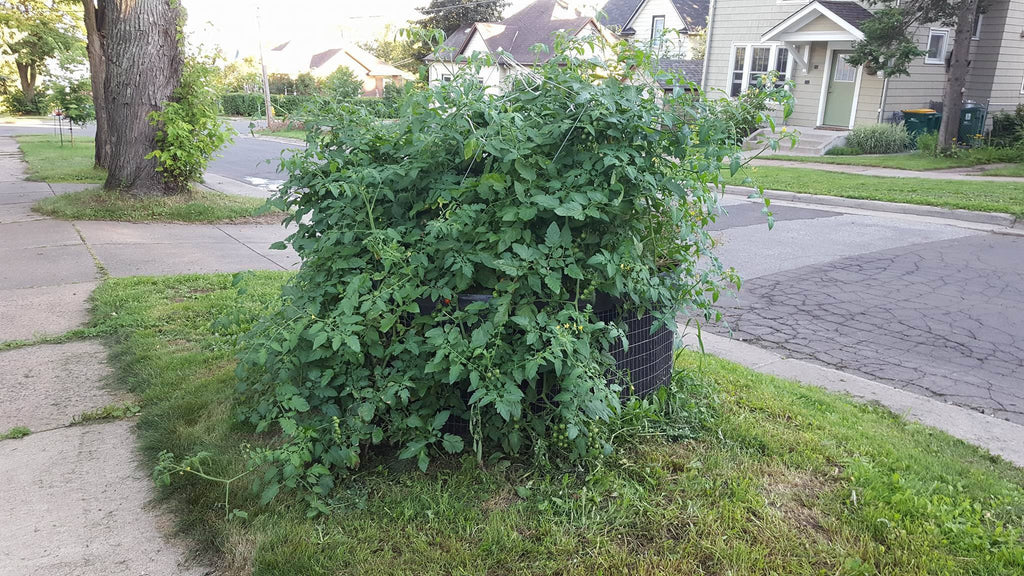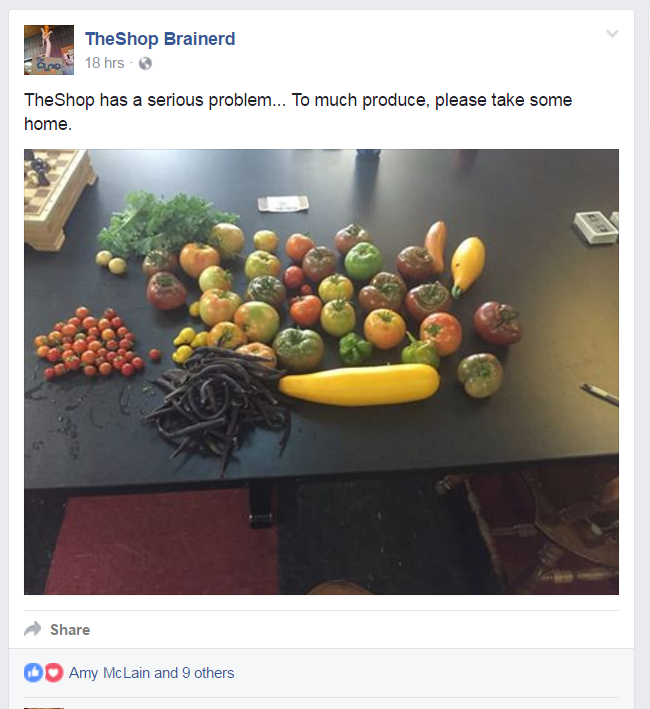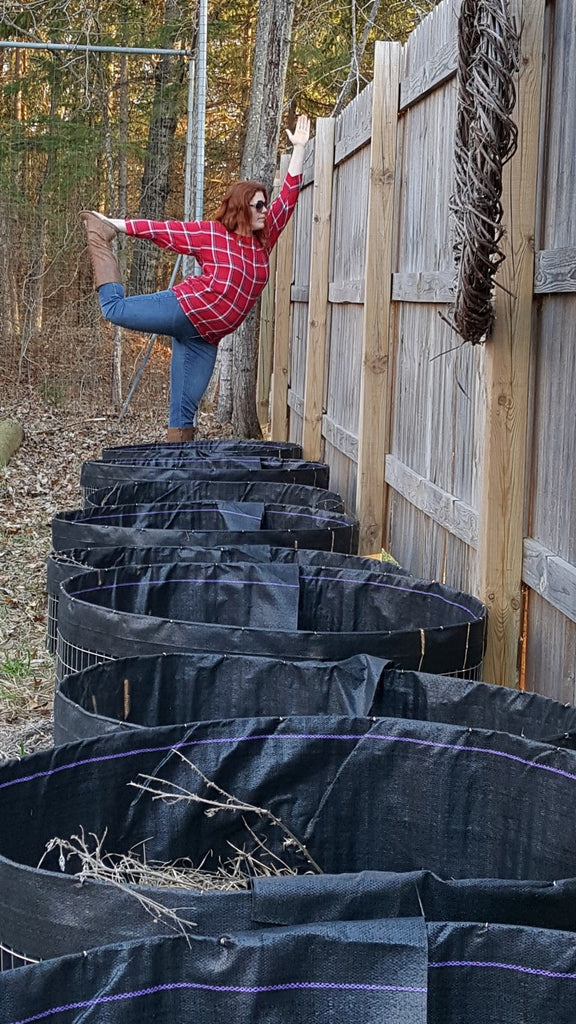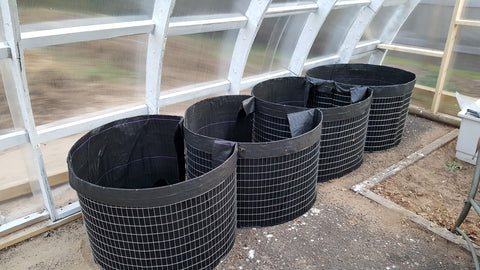When to Plant: Find your average last frost date (The Old Farmer's Almanac offers an online calculator) and count backward from the seed’s average maturity period to figure the optimum planting time, adding a week or two for weather variations."It’s hard to believe during the hottest days of summer, but autumn is on its way. And although we often think of late summer as the height of the harvest season, by planting a second-season garden you can yield crops all the way into early winter. In fact, some varieties grow best during the milder days and cooler nights of fall.
It’s hard to believe during the hottest days of summer, but autumn is on its way. And although we often think of late summer as the height of the harvest season, by planting a second-season garden you can yield crops all the way into early winter. In fact, some varieties grow best during the milder days and cooler nights of fall.
When to Plant: Find your average last frost date (The Old Farmer's Almanac offers an online calculator) and count backward from the seed’s average maturity period to figure the optimum planting time, adding a week or two for weather variations.
Successful Second-Season Planting
• Make room for new late-season plants by pulling out any varieties that are no longer performing well, taking care to remove stems and roots.
• Prepare the late-season garden bed by loosening any compacted soil and digging in organic matter.
• When an early frost is predicted, cover plants overnight with woven fabric to provide additional protection of 2 to 5 degrees.
• For faster gratification, choose quick-growing varieties that go from seed to table in 40 days or less, such as arugula and lettuce.
• Select fall or winter varieties of seeds when available, or look for cultivars with earlier maturing dates.
• For the quickest harvest, check your garden center for end-of-season discounts on vegetable transplants.
• Young plants can also be protected from early frosts with season-extending row covers, cold frames or straw mulch.
How Low Can You Go?
If you live in a cold climate with early frosts, you can still enjoy a late-season harvest with these extremely hardy vegetable plants:
• Beets, carrots, Swiss chard, lettuce and parsnips can all tolerate a light frost (28 to 32 degrees).
• Broccoli, Brussels sprouts, kohlrabi, snow peas and radishes will usually handle temperatures that dip to the upper 20s.
• Collard greens and kale can survive mid-20 degree temperatures, and because the plants produce natural sugars as a defense against the cold, they often taste sweeter and more flavorful after a hard frost."
What to Plant:
Arugula
Beets
Broccoli
Brussels Sprouts
Carrots
Collard Greens
Green Onions
Kale
Kohlrabi
Lettuce
Parsnips
Winter Radishes
Snow Peas
Spinach
From Mother Earth News , Author Eliza Cross



























